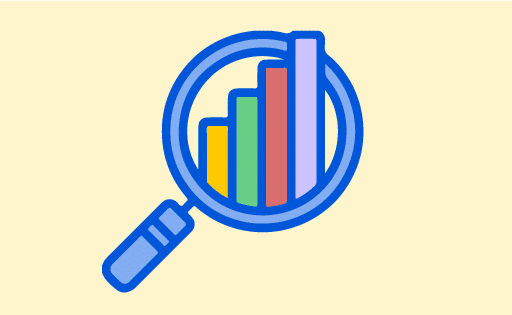The analysis of gaps emerges as an essential tool for any company eager to optimize its performance. By conducting a rigorous assessment of the current state against established objectives, it’s possible to identify discrepancies and develop suitable strategies. This practical guide will reveal the essential steps to successfully carry out this analysis, along with a concrete example to illustrate the process. With this method, you will not only be able to define your priorities but also create a solid action plan to address the identified gaps.
🔥 Nous recommandons Ideamap
Ideamap est l’outil idéal pour un brainstorming ou un projet collaboratif. Grâce son interface facile et à ses fonctions IA, Ideamap booste votre créativité tout en favorisant une meilleure organisation de vos idées pour atteindre vos objectifs.
|
IN BRIEF
|
The gap analysis is a valuable tool for any business looking to assess its performance and achieve its goals effectively. This practical guide will accompany you through the definition of the concept, the crucial steps necessary to carry it out, and a concrete example to better visualize the process. Let’s discover without further ado how this approach can transform your company’s performance evaluation.
Definition of Gap Analysis
Gap analysis, often referred to as gap analysis, is a systematic process that allows for comparing the current state of a company with the desired state. This process helps to identify the gaps between the achieved results and the established objectives, whether they relate to financial figures, business performance, or other success criteria. By focusing on these gaps, leaders can better direct their strategies to address the observed deficits and maximize their effectiveness.
Steps to Conduct a Gap Analysis
Analyze the Current State
The first fundamental step involves conducting a precise evaluation of the current state of the company. This includes gathering relevant data on current performance, whether it relates to revenues, costs, customer satisfaction, or other key indicators. This information allows for a balance sheet to be drawn up, which will serve as the basis for comparison.
Define the Desired State
Once the analysis of the current state is completed, it is essential to clearly define the desired state. What are the objectives the company aims to achieve? This may include specific sales targets, levels of customer satisfaction, or performance indicators to be met. Clarity in defining these objectives is crucial for the subsequent process.
Determine the Gaps
After establishing the current state and the desired state, the next step is to quantify the gaps. This means identifying the differences between current performance and established objectives. These gaps can be positive or negative, and it is essential to document them in detail so that each stakeholder understands their implications.
Create an Action Plan
Finally, the last step in conducting a gap analysis involves developing an action plan to bridge the identified gaps. This plan should include concrete measures and realistic deadlines. This may involve implementing new strategies, reallocating resources, or training employees to maximize the company’s efficiency.
Practical Example of a Gap Analysis
To better understand the process, let’s imagine a retail company aiming to increase its revenue by 20% within a year. After conducting a current state analysis, it finds that its sales increased by only 10% in the past year. When defining the desired state, it realizes it needs to attract more customers online and improve its presence on social media.
In this case, the identified gaps are a decrease in online sales and a low engagement rate on social platforms. As a result, the company’s action plan might include launching a targeted marketing campaign to increase online visibility, special promotions for online customers, and staff training on best online sales practices.














